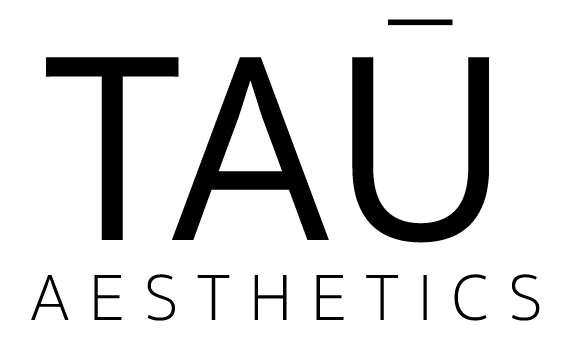Chemical Peel - Naples FL
A chemical peel is a cosmetic procedure where a chemical solution is applied to the skin to intentionally damage the top layers, causing them to peel off, revealing smoother, more youthful-looking skin underneath; it's often used to treat wrinkles, acne scars, uneven skin tone, and sun damage, and can be performed on the face, neck, and hands depending on the depth of the peel.
How it works: The chemical solution creates a controlled injury on the skin, prompting the body to regenerate new skin cells, resulting in a smoother texture and improved appearance.
Different depths: Chemical peels come in varying depths, from light superficial peels to deep peels, which affect different layers of the skin and provide different levels of results.
Common acids used: Popular acids used in chemical peels include glycolic acid, salicylic acid, lactic acid, tricholoroacetic acid (TCA), and phenol.
Benefits: Can improve fine lines, wrinkles, acne scars, age spots, sun damage, uneven skin tone, and rough skin texture.
The type of chemical used and the depth of the peel determines the specific skin conditions that can be treated. Chemical peels are used to treat wrinkles, discolored skin and scars — usually on the face. They can be done alone or combined with other cosmetic procedures. And they can be done at different depths, from light to deep. Deeper chemical peels offer more-dramatic results but also take longer to recover from. A light chemical peel improves skin texture and tone and lessens the appearance of fine wrinkles.
The results are subtle but increase with repeated treatments. If you have a medium chemical peel, treated skin will be noticeably smoother. After a deep chemical peel, you'll see a dramatic improvement in the look and feel of treated areas. Results may not be permanent. Over time, age and new sun damage can lead to new lines and skin color changes.
BEHIND THE TECHNOLOGY
Chemical peels are used to treat wrinkles, discolored skin and scars — usually on the face. They can be done alone or combined with other cosmetic procedures. And they can be done at different depths, from light to deep. Deeper chemical peels offer more-dramatic results but also take longer to recover from.
A chemical peel is a skin-resurfacing procedure. Depending on the issues you're addressing with the procedure, you'll choose a chemical peel in one of three depths:
Light chemical peel. A light (superficial) chemical peel removes the outer layer of skin (epidermis). It's used to treat fine wrinkles, acne, uneven skin tone and dryness. You might have a light peel every two to five weeks.
Medium chemical peel. A medium chemical peel removes skin cells from the epidermis and from portions of the upper part of your middle layer of skin (dermis). It's used to treat wrinkles, acne scars and uneven skin tone. You might need to repeat the procedure to achieve or maintain the desired result.
Deep chemical peel. A deep chemical peel removes skin cells even deeper. Your doctor might recommend one for deeper wrinkles, scars or precancerous growths. You won't need repeat procedures to get the full effect.
PROCESS, STEPS & EFFECTIVENESS
Before the procedure A chemical peel is usually done at an office or in an outpatient surgical facility. Before the procedure, your provider will clean your face, protect your hair, and cover your eyes with ointment, gauze, tape or goggles. Pain relief isn't typically needed for a light chemical peel. If you're having a medium peel, you might receive a sedative and painkiller. For a deep peel, you might have a sedative, something to numb the treatment area and fluids delivered through a vein.
RESULTS DRIVEN TREATMENT
During the procedure During a light chemical peel:
Your provider will use a brush, cotton ball, gauze or sponge to apply a chemical solution typically containing glycolic acid or salicylic acid. The treated skin will begin to whiten.
You might feel mild stinging while the chemical solution is on your skin.
Your provider will apply a neutralizing solution or wash to remove the chemical solution from the treated skin.
During a medium chemical peel:
Your provider will use a cotton-tipped applicator or gauze to apply a chemical solution containing trichloroacetic acid, sometimes in combination with glycolic acid. The treated skin will begin to whiten.
After a few minutes, your provider will apply cool compresses to soothe treated skin. You might also be given a hand-held fan to cool your skin. No neutralizing solution is needed, however.
You might feel stinging and burning for up to 20 minutes.
During a deep chemical peel:
Your provider will use a cotton-tipped applicator to apply carbolic acid (phenol) to your skin. Treated skin will begin to turn white or gray.
To limit your exposure to phenol, your provider will do the procedure in portions at about 15-minute intervals. A full-facial procedure might take about 90 minutes.
CONTACT TO SCHEDULE:
(810)-869-5533 | tauaesthetics@gmail.com
Subscribe to our emails
Be the first to know about new collections and exclusive offers.
